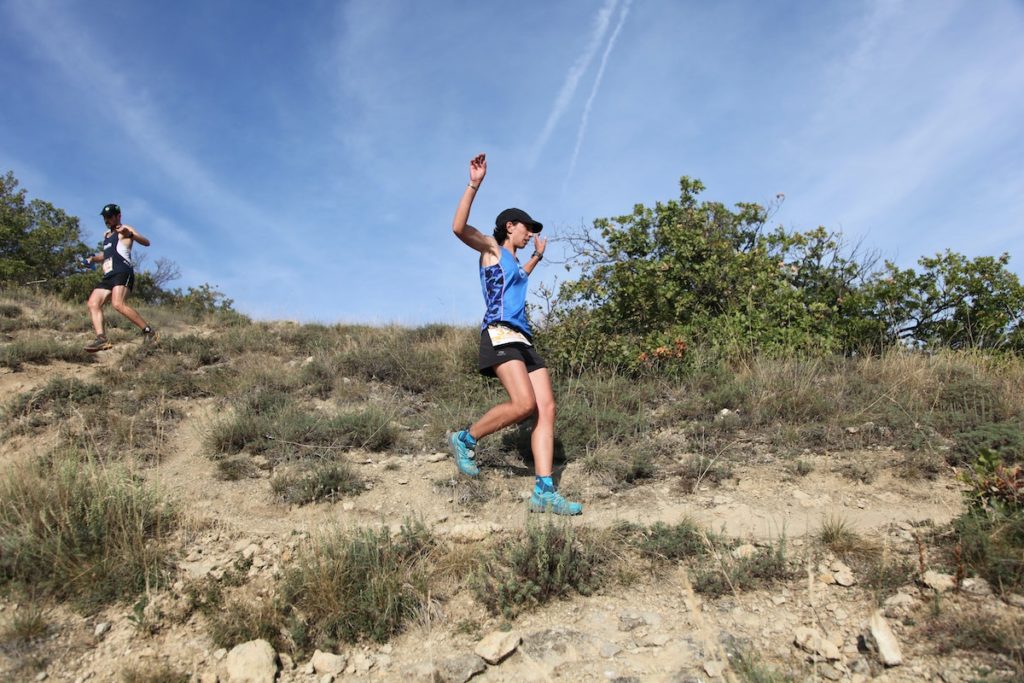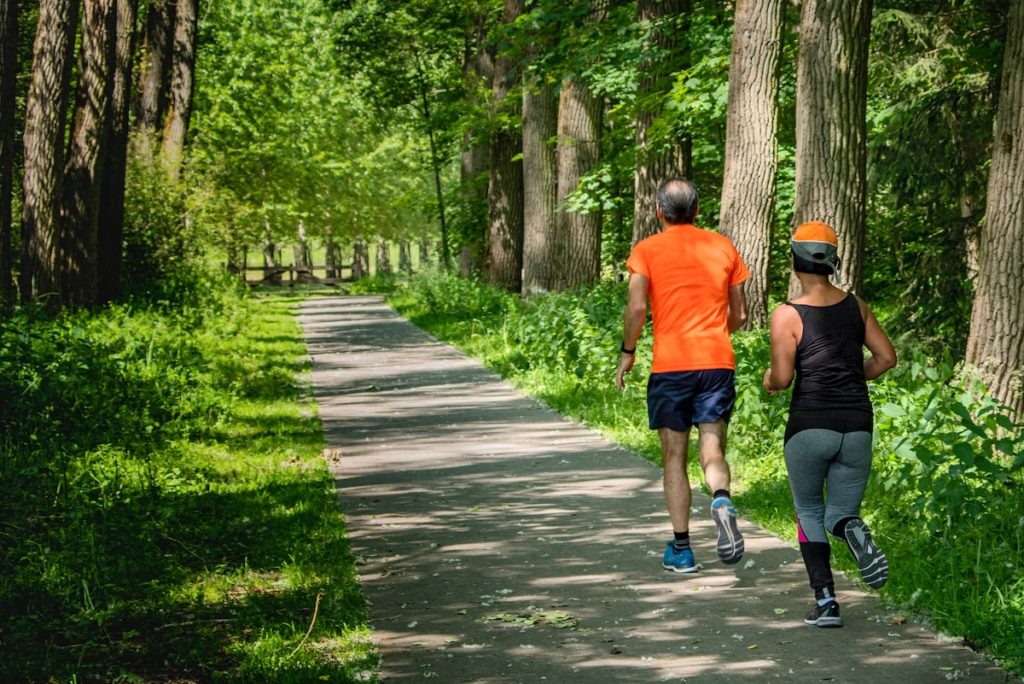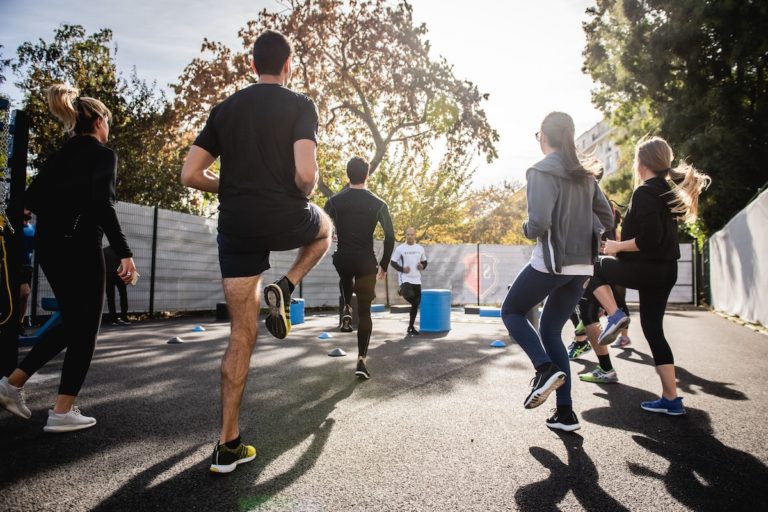Our website contains links to partner sites. If you click from our site to the partner's site and purchase their services there, we will receive a commission for mediation (Find out more information). This form of cooperation does not affect the objectivity of our reviews. With each purchase made through links from our site, you support our editorial office so that we can create quality and useful content in the future. Thank you.
What is trail running vs. running?
If you enjoy running, trail running may seem like an excellent way to combine your favorite sport with the love of the outdoor life. And anyway, who wouldn’t prefer soft, silent trails with stunning views of overcrowded, concrete pavements?
But switching from road to mud isn’t as simple as it sounds, as you’ll soon realize with achy ankles, burning leg muscles, and possibly a few scrapes and bruises for the first trail run.
To have the hold of it, you’ll require different equipment, training, and establish cues. However, when the incentive is lighter terrain with little impact on the leg muscles, faster response times, way more incredible #runnerslife pictures, and all the health advantages of being outside, the hard work is well worth it.
Trail running
Trail running is essentially assault course running, and apparently never-ending caper over cliffs and roots. The landscape on a truly technical trail can be distorted, the hills ruthless, and the footing perilous. You must pick a position and make split judgments about how to move your body.
Trail running is more difficult than road running. Trails frequently have uneven, flimsy, and dangerous terrain. These terrains necessitate more physical and mental effort. Running the same length on a trail takes a little longer than running on a road. Trail running has the potential to be more compelling than road running.
The main objective and inspiration of trail running is to have this unique feeling. Trail running, unlike the marathon, isn’t really about the fastest time. The run is always extremely volatile due to the uphill and downturn, and the speed is infrequently the same throughout the entire run. Speed is thus not a primary concern, especially when covering greater distances or indeed ultra runs off-road. As a result, for many sprinters, trail running is primarily about personality and triumph. And, more often than not, a totally new and unique running encounter in the lap of nature.

Running
Road Running is a type of athletics that includes a lot of runners running large distances on open roads. The half-marathon and marathon are the two most important road running activities. These are famous engagement sports in which top athletes compete alongside hundreds or thousands of novice runners for whom finishing the run is more crucial than winning.
Road running necessitates less planning.
It’s a no-brainer to lace up your shoes and head out the door for a quick lap all around the block. It is far more useful and needs far less hard work to plan than discovering and traveling to a particular trail run location.

Running on the road has a greater effect.
Running on mud, leaves, rocks, or snow has one common factor: it is less impactful than running on concrete or asphalt.
If you’re fresh, this may not worry you, but if you’ve spent years or two trying to work a 9-5, getting into running on a tough pavement surface can place a bunch of repetitive effects and stress on your knee caps and back, causing pain.
The benefits of road running
In ease of access, road running triumphs over trail running. Road running on the sidewalks in your neighborhood is the most basic form of running, and it is available to those with a pair of functional legs and some athletic shoes to keep on the end of them.
It’s so advantageous; you can run from the front door without trying to prepare a specific route. Lighting in several urban areas eliminates the need for a headlamp, and the sanctuary from houses and closeness to help if desired means you shouldn’t need to bring as much equipment to stay safe.
It’s a fairly low sport because your footwear doesn’t come in contact with nearly as much dirt, and you’re less likely to break your layer on forceful flora.
Many people can run to work, which is a wonderful, time-saving way to stay fit, increase your amount of miles, and be more environmentally friendly. The same can be said about running errands around town. You can put on a pair of headphones, enjoy the music, and truly flee for 30 mins.
There are also far more road running gyms than trail running clubs, so you’re much more likely to meet like-minded locals this way. There are many who also run routes, so connecting an urban road-running club may provide you with the best compromise.

The disadvantages of road running
If you reside in a more remote community, you may have to bold the strange pavement-less segment. As a result, road running could be riskier due to heavy traffic, so you may need more reflector vests, such as an introspective running jacket, and a head torch with a red taillight to safeguard yourself.
It all comes down to personal preference, but in urban areas, there could be problems with people running securely on their own – particularly women and notably at night – so you may be more restricted as to when you think fine to run whether you have to sit tight for everyone else to be available at the same moment.
The benefits of trail running
The spirit of wonder is what advice the trail running vs road running combat in favor of trail running. Trail running viaducts the gap among road running and expert mountain and tumbled running through often overdispersion and technical landscape. Trails (paths, tracks, and bridleways) are easily accessible mostly around many urban areas, passing through city parks and forests, across fields, and along shorelines, tunnels, and river systems. It’s a lot more entertaining than road running and requires a little more adventure, as anyone who enjoys excursions will enjoy.
The disadvantages of trail running
It’s more difficult! This may be a bonus for some, however, if you don’t like hills, silt, and bumpy, uneven floor underfoot, you may not enjoy having to slow down and run securely, nor will you enjoy the exertion this full-body exercise requires as your body attempts harder to stay stable and steady over the chunkier terrain. It’s also more mentally challenging because you have to ponder about foot position to prevent slips and falls or spinning an ankle. Oh, and most of those dangers are always present. However, you are unlikely to be hit by a lorry.
Final words
If you’re the adventurous type, you’ll probably enjoy trail running, particularly if you’re used to hiking. It’s basically hiking sped up.
Road running, on the other hand, makes it sound like the bag if you prefer to remain sober.







